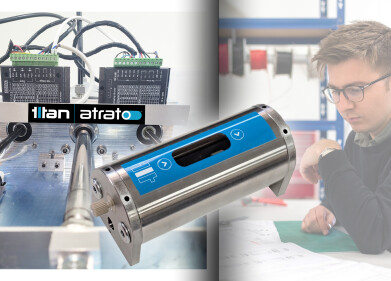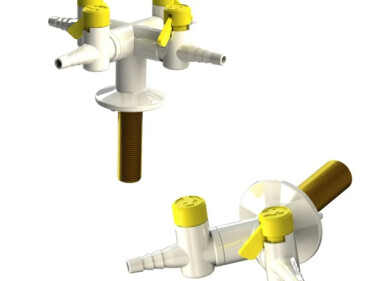Laboratory products
Gold Nanoparticle Research
Feb 05 2010
Researchers at the University of Potsdam, Germany, are using a Zetasizer Nano ZS from Malvern Instruments to measure the dimensions and stability of gold nanoparticles smaller than 5nm in diameter.
Gold has long been considered as an inert element, but in nanoparticulate form it can be very reactive. For particles under 5nm the surface electrons increasingly dominate the properties of the surface and consequently of the system. This makes gold nanoparticles interesting for life science applications, in tagging viruses and cells for example.
Sabine Kosmella and Joachim Koetz made the ultrafine nanoparticles in a one-step reaction using gold chloride and an oligosaccharide-modified hyper-branched polyethylenimine (PEI). The PEI is a polyelectrolyte that acts as a reducing agent as well as a stabilising agent. To make the particles, a mixture of gold chloride and PEI in solution is heated to 100ºC. This results in a dispersion of gold nanoparticles, which turn the solution red.
With the Zetasizer Nano the researchers were able to show that the average diameter of the particles was less than 5nm and to determine the zeta potential of the dispersion, an indicator of its stability.
The Zetasizer Nano ZS from Malvern Instruments enables the measurement of both particle size, from 0.6nm to 6000nm, and zeta potential in a single instrument. The technology built into the system provides the sensitivity required for measuring dilute proteins and polymers, as well as the ability to measure emulsions and suspensions at high concentrations. It is the method of choice for nano-particle applications from routine colloid size measurements to the investigation of particulates at the leading edge of materials research.
Digital Edition
Lab Asia Dec 2025
December 2025
Chromatography Articles- Cutting-edge sample preparation tools help laboratories to stay ahead of the curveMass Spectrometry & Spectroscopy Articles- Unlocking the complexity of metabolomics: Pushi...
View all digital editions
Events
Jan 21 2026 Tokyo, Japan
Jan 28 2026 Tokyo, Japan
Jan 29 2026 New Delhi, India
Feb 07 2026 Boston, MA, USA
Asia Pharma Expo/Asia Lab Expo
Feb 12 2026 Dhaka, Bangladesh



















